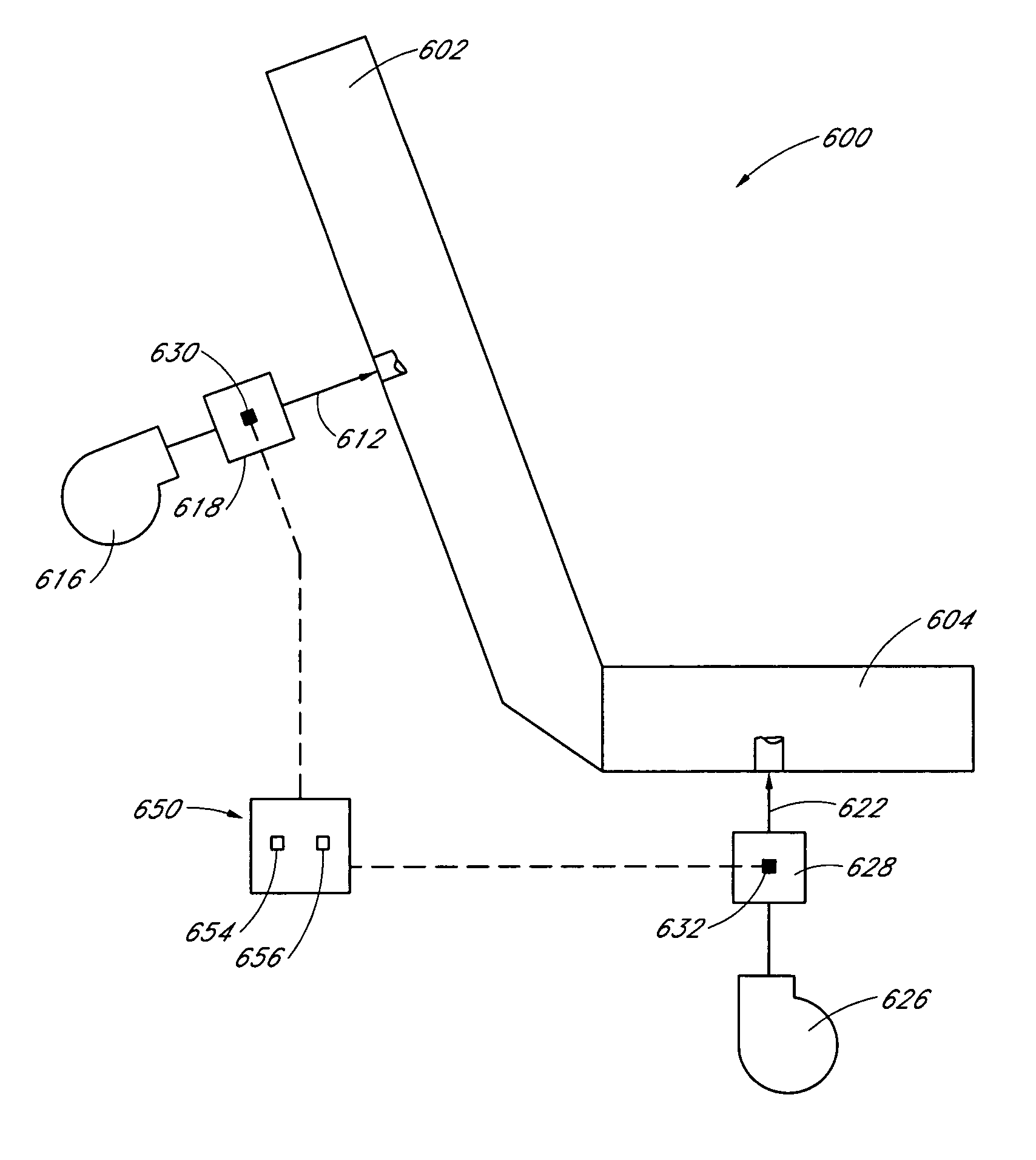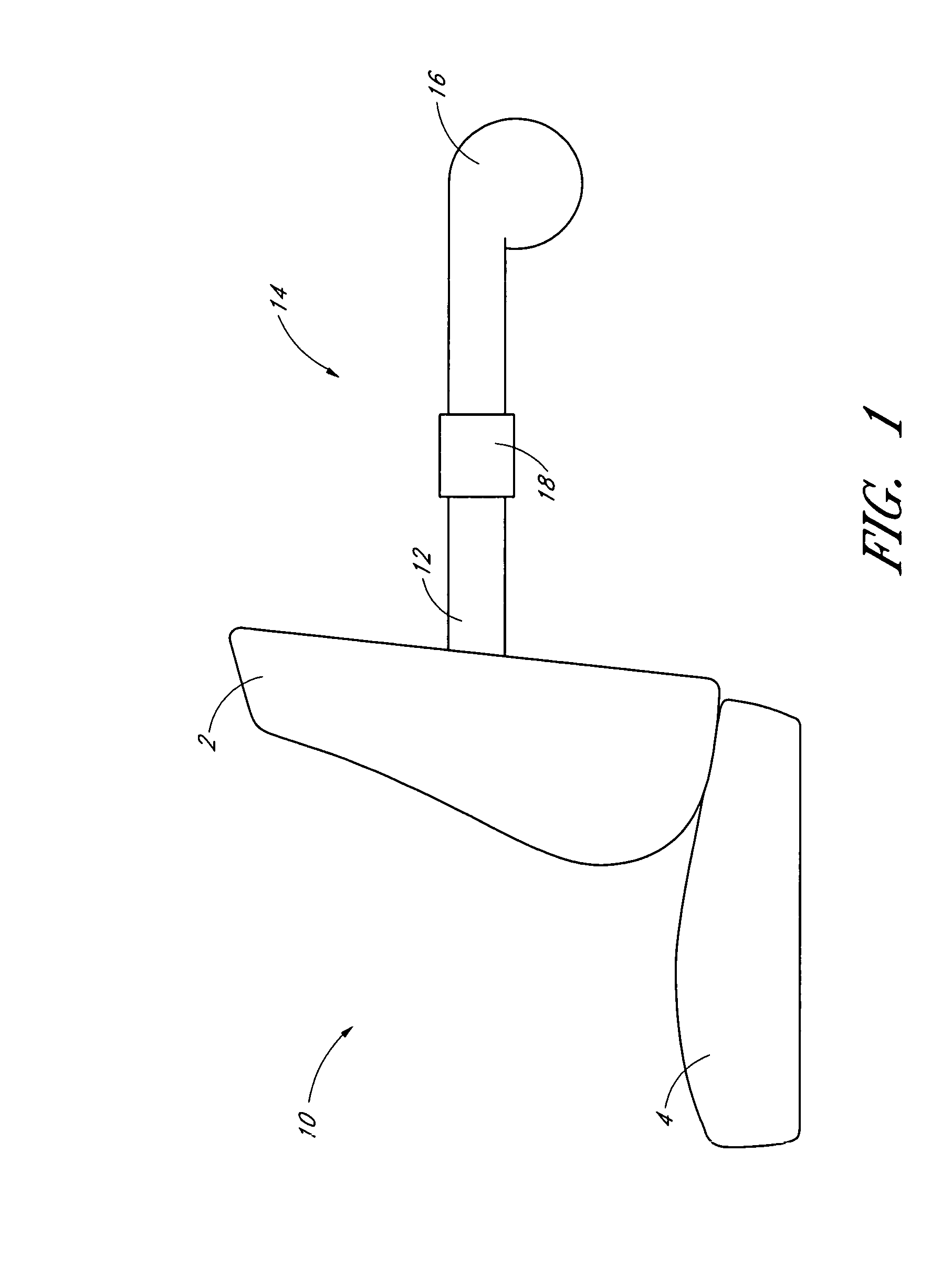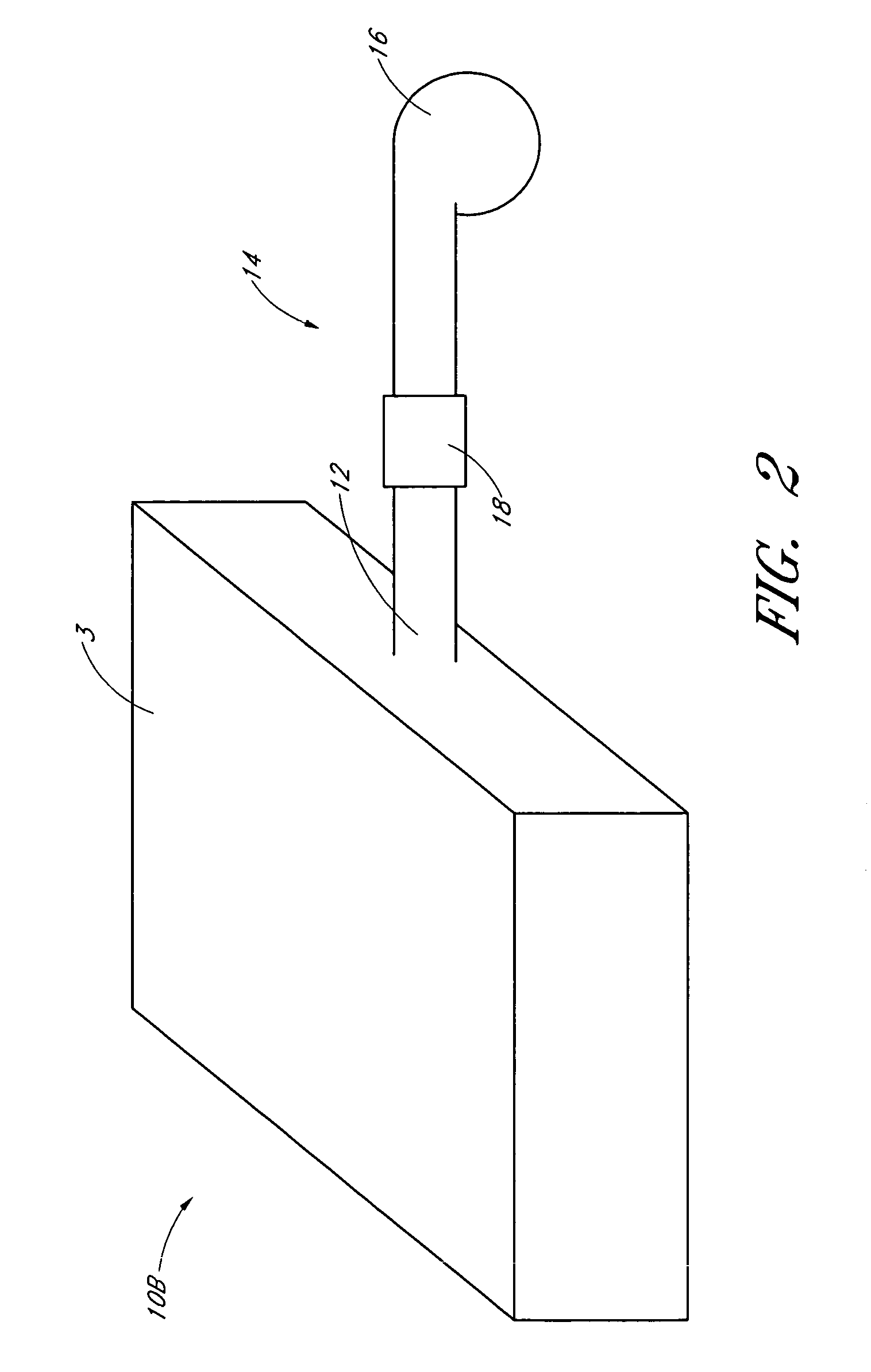Condensation and humidity sensors for thermoelectric devices
a thermoelectric device and humidity sensor technology, applied in the field of climate control, can solve the problems of seat occupants' back and other pressure points being sweaty, vehicle seats being very hot and uncomfortable for some time, and problems that have been experienced with existing climate control systems, and achieves the effect of higher temperature change and thermal performan
- Summary
- Abstract
- Description
- Claims
- Application Information
AI Technical Summary
Benefits of technology
Problems solved by technology
Method used
Image
Examples
Embodiment Construction
[0058]A variety of examples described below illustrate various configurations that may be employed to achieve desired improvements. The particular embodiments and examples are only illustrative and not intended in any way to restrict the general inventions presented and the various aspects and features of these inventions. In addition, it should be understood that the terms cooling side, heating side, main side, waste side, cooler side and hotter side and the like do not indicate any particular temperature, but are relative terms. For example, the “hot,”“heating” or “hotter” side of a thermoelectric device or array may be at ambient temperature, with the “cold,”“cooling” or “cooler” side at a cooler temperature than ambient. Conversely, the “cold,”“cooling” or “cooler” side may be at ambient with the “hot,”“heating” or “hotter” side at a higher temperature than ambient. Thus, the terms are relative to each other to indicate that one side of the thermoelectric device is at a higher o...
PUM
 Login to View More
Login to View More Abstract
Description
Claims
Application Information
 Login to View More
Login to View More - R&D
- Intellectual Property
- Life Sciences
- Materials
- Tech Scout
- Unparalleled Data Quality
- Higher Quality Content
- 60% Fewer Hallucinations
Browse by: Latest US Patents, China's latest patents, Technical Efficacy Thesaurus, Application Domain, Technology Topic, Popular Technical Reports.
© 2025 PatSnap. All rights reserved.Legal|Privacy policy|Modern Slavery Act Transparency Statement|Sitemap|About US| Contact US: help@patsnap.com



